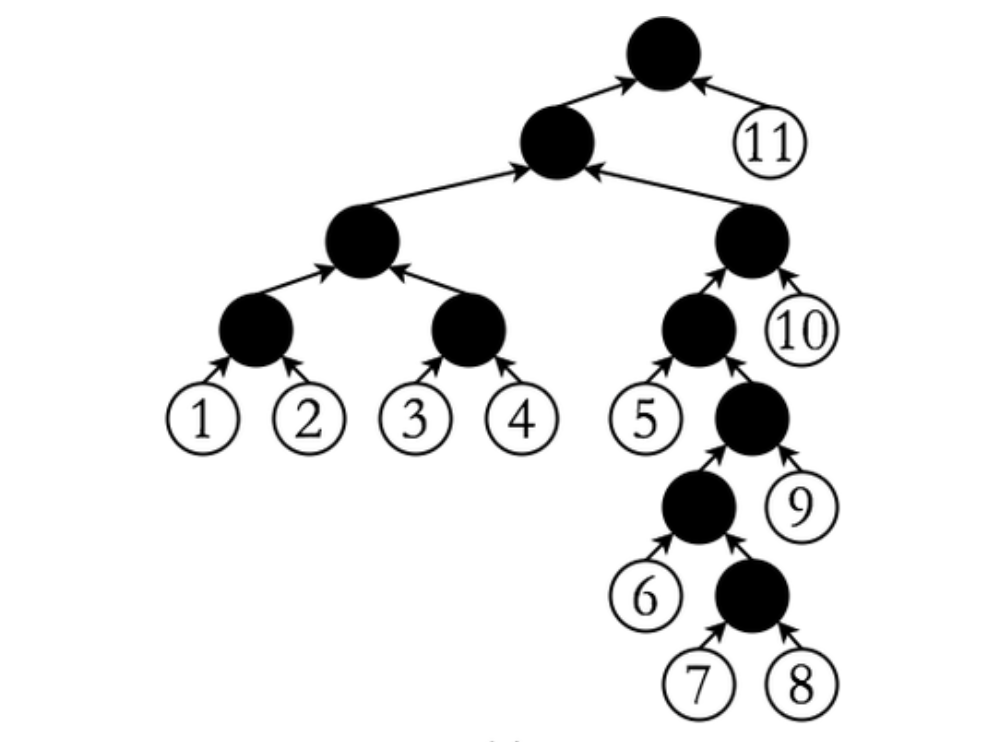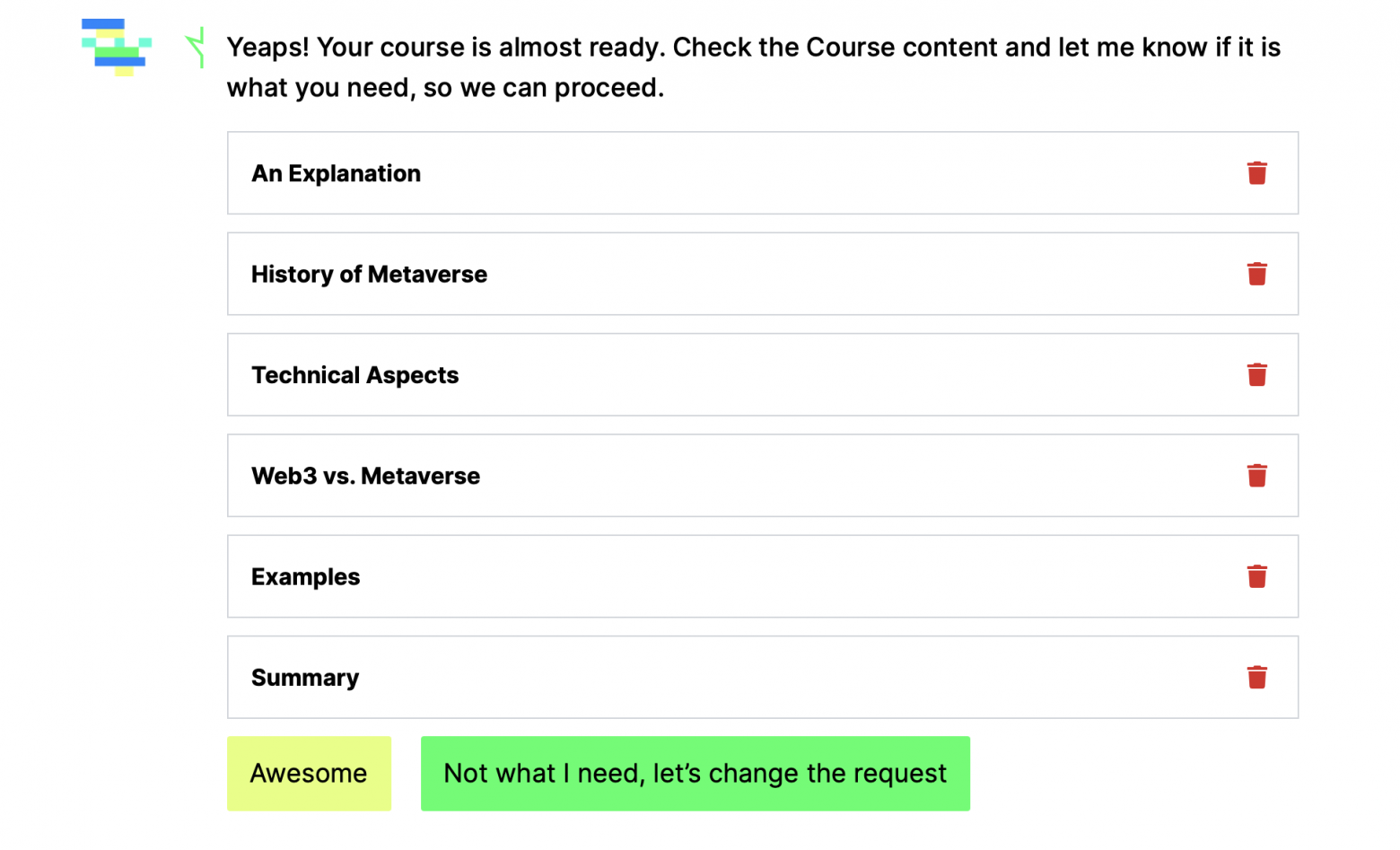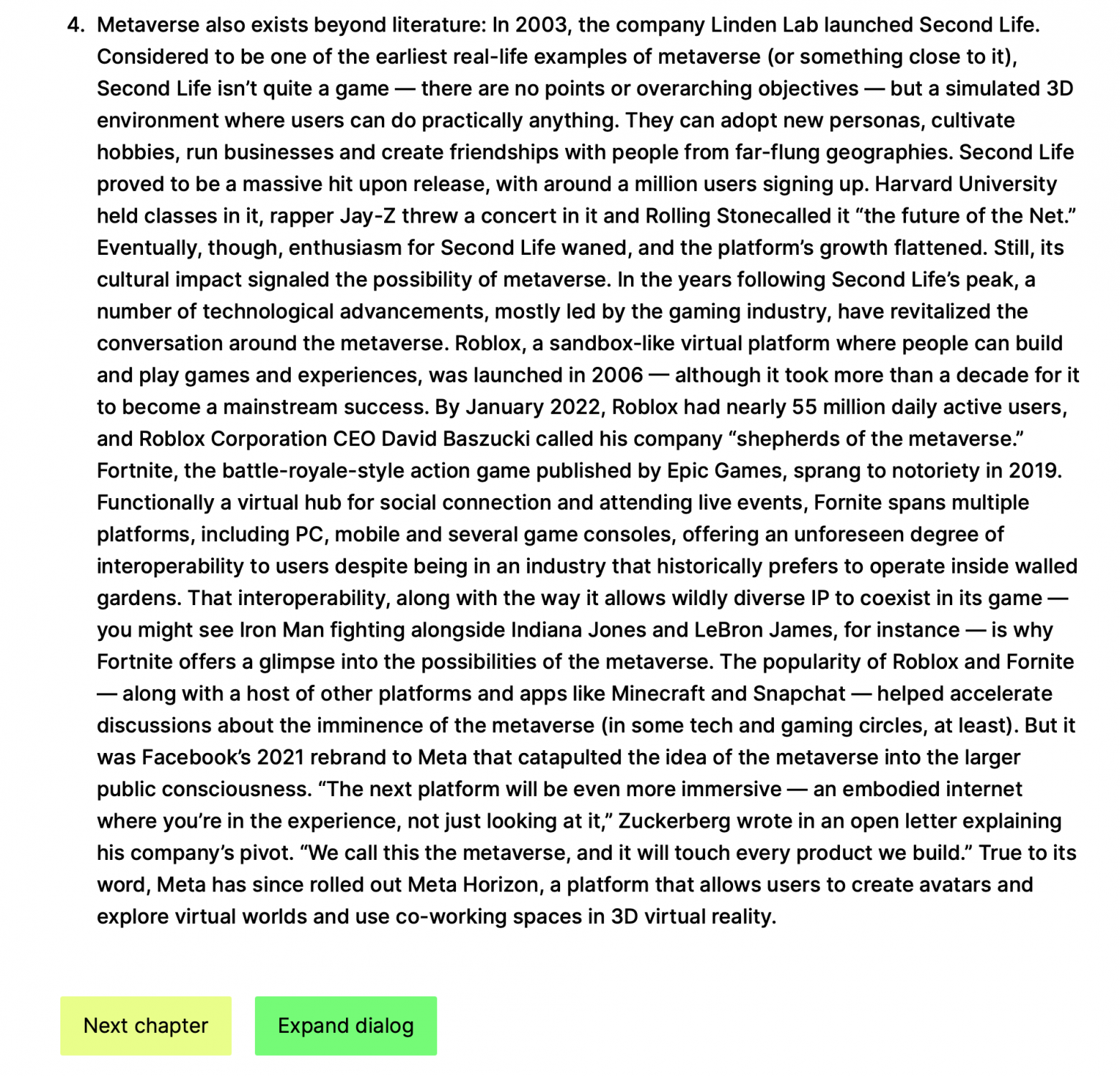When developing functional digital products, especially at the preliminary stages (from MVP to alpha versions) many teams use the «technology first» principle. This means a minimum of user convenience, a maximum of engineering competence. When evaluating the potential of a product, further efforts are already in the direction of creating ergonomic visitor paths, design and more. However, here lies the catch - since not two clients or a prospective investor can evaluate the entire user route, touch it with their hands and make sure that the system works, you can lose both clients and partners.

When working on the AI-system described below, we initially used the approach described above due to time savings - and the first version of MVP looked like a simple interface for entering a request and receiving a large response sheet. The module is able to generate large arrays of training text for a given request using the Bing API, Chat GPT (at the time of 2022 it was still the 3rd version) - and, most importantly, the generator had an exclusive technology for forming a discursive tree and a dialog, involving in the process of interaction and learning.

As we wrote, we not only use GPT3, but behind the scene our module has discourse trees to manage dialogues explicitly; it allows «to remember» previous utterances and gives more relevant answers.
So, our first MVP in the form of an I/O window showed poor results - attracted users gave a high percentage of failures. Potential partners said, yes, the technology is interesting, we are waiting for the development of the project further. It was decided to remake MVP and humanize it as much as possible - this is how a cheerful robot appeared, which does not immediately bring down the task of «enter a request, I will give you a course», but smoothly connects it to the interaction process. It looks like this.

The first moments of interaction not only give an emotional component, but offer a choice of communication style. From relaxed to business. Of course, under 90% of users I chose a fun robot and then the communication process was built like this.


The server load during system operation is high, generating a test for 30,000 characters takes approximately 50-60 seconds. We have come across the fact that users do not wait, but leave the project while the module is running, believing that something is broken. Due to resource constraints, it was not possible to realize the potential of «we will send you a course by mail». However, this screen allowed us to reduce the bounce rate while waiting by a factor of four!

Finally, the discursive dialogue tree itself, in fact, turned out to be of interest to the customer side - that is, customers who created a training course for their visitors or employees. But visitors who wanted to get a course for themselves, least of all wanted to work with an interactive presentation. As a result, the output of the result was divided into two blocks.



By itself, the course without checking whether the material is mastered is nothing. We already had the development of checking generative issuance for reliability - and we also applied it in a test, albeit simple, but visual.

The effectiveness of this approach has shown itself clearly - compared to the first version of MVP, the «humanized» second version improved almost all metrics by 4-5 times. Not a bad result.
Stas Ustenko